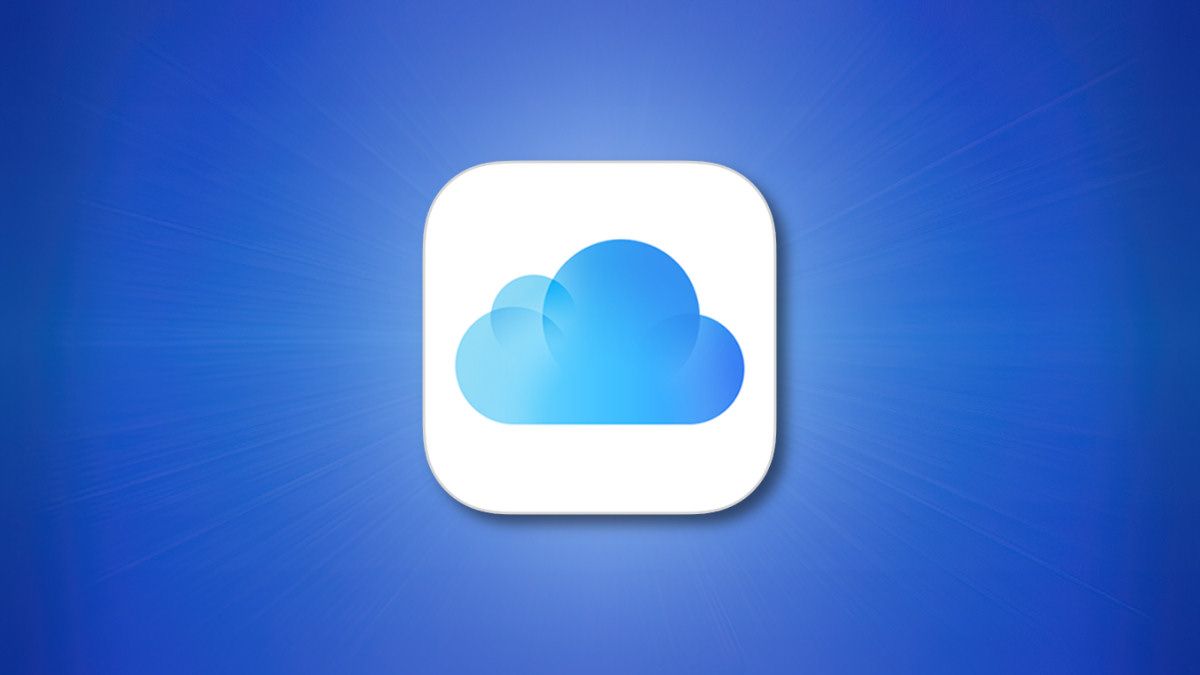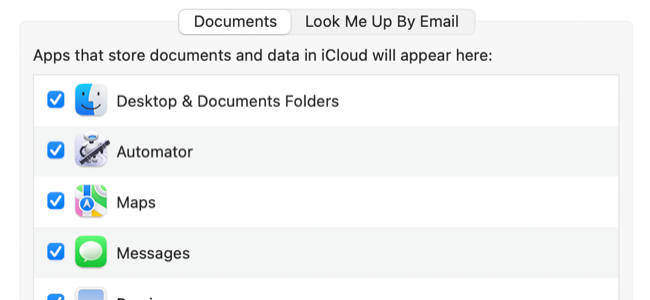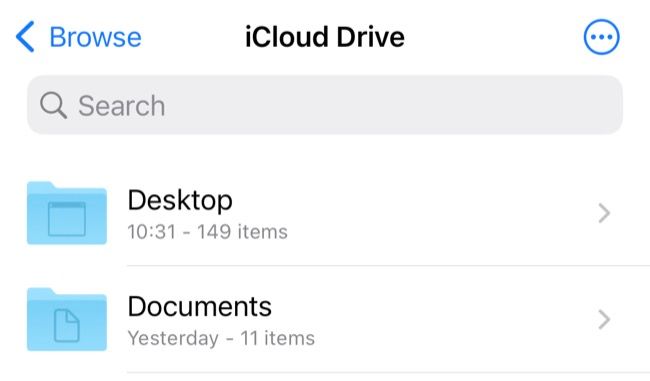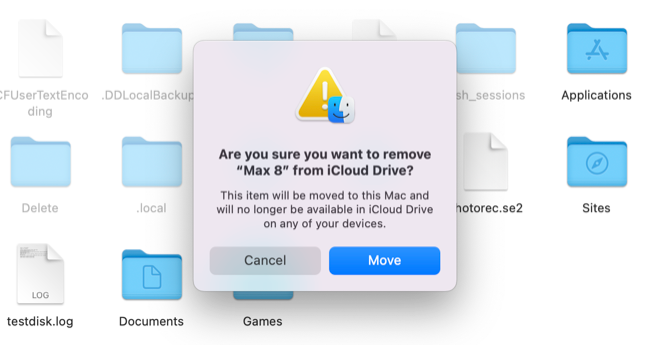Quick Links
Once you've turned on Desktop & Documents sync under iCloud settings on a Mac, your files will be available on other macOS, iOS, and iPadOS devices provided you have the cloud storage available. But what if you don't want every folder to sync?
iCloud's All-or-Nothing Approach
You can enable Desktop & Documents sync by launching System Preferences (System Settings) and clicking on Apple ID followed by the "iCloud" section in the sidebar. Next to "iCloud Drive" will be an "Options" button, which you can click. Under here you can toggle iCloud Drive for "Desktop & Documents" folders at the top, plus other apps like Shortcuts, Automator, and Maps.
With this enabled, launch Finder to see that both the Documents and Desktop folder now appear under the "iCloud" section of the sidebar, beneath your "Favorites" and above the "Locations" section which lists drives and mounted disk images.
Anything you put in your Documents folder or leave on the Desktop will now be sent to iCloud Drive and kept in sync, across devices. You can access these files using the Files app for iOS or iPad, or from another Mac that's linked to your Apple ID. When you delete or move something from these locations, it disappears from all devices.
It's not possible to exclude a single folder from this process, which can be a problem if you have a large folder that you want to keep in one of these locations that you don't want to sync over the cloud. Data stored here will count against your available iCloud storage, so make sure only your most important (and lightweight) documents are sent to the cloud.
The Solution: Move Files Elsewhere
That means the only way to exclude a file or folder from iCloud sync is to move it elsewhere. Your home folder, accessible under
/Users/username
is an ideal spot for larger files, and you can drag folders from here to the "Favorites" section in Finder's sidebar to have quick access to them.
To quickly move a file on macOS, copy it using Command+C then move it using Command+Option+V. Be careful that you don't simply copy and paste (Command+V) since you'll be duplicating the file rather than moving it. If you do it correctly you'll see a warning notifying you that you're removing the item from iCloud Drive.
It's easy to forget that everything syncs, and you'll quickly run out of iCloud Storage Space (or use a large chunk of it) without realizing it. You can always check how much space you have under System Preferences (System Settings) > Apple ID by clicking on "iCloud" and then clicking the "Manage" button in the iCloud Storage section at the bottom of the window.
This will list exactly how much space each app and location is using, so you can figure out if you need to buy more iCloud storage or simply free up some space in the cloud.
Using Your iCloud Storage Space Wisely
If you're paying a monthly fee for iCloud storage either for backup purposes, to store your media in the cloud, or as part of Apple One, you should use your available space wisely.
One thing that Mac owners should not do is rely solely on iCloud Drive as a form of backup.




